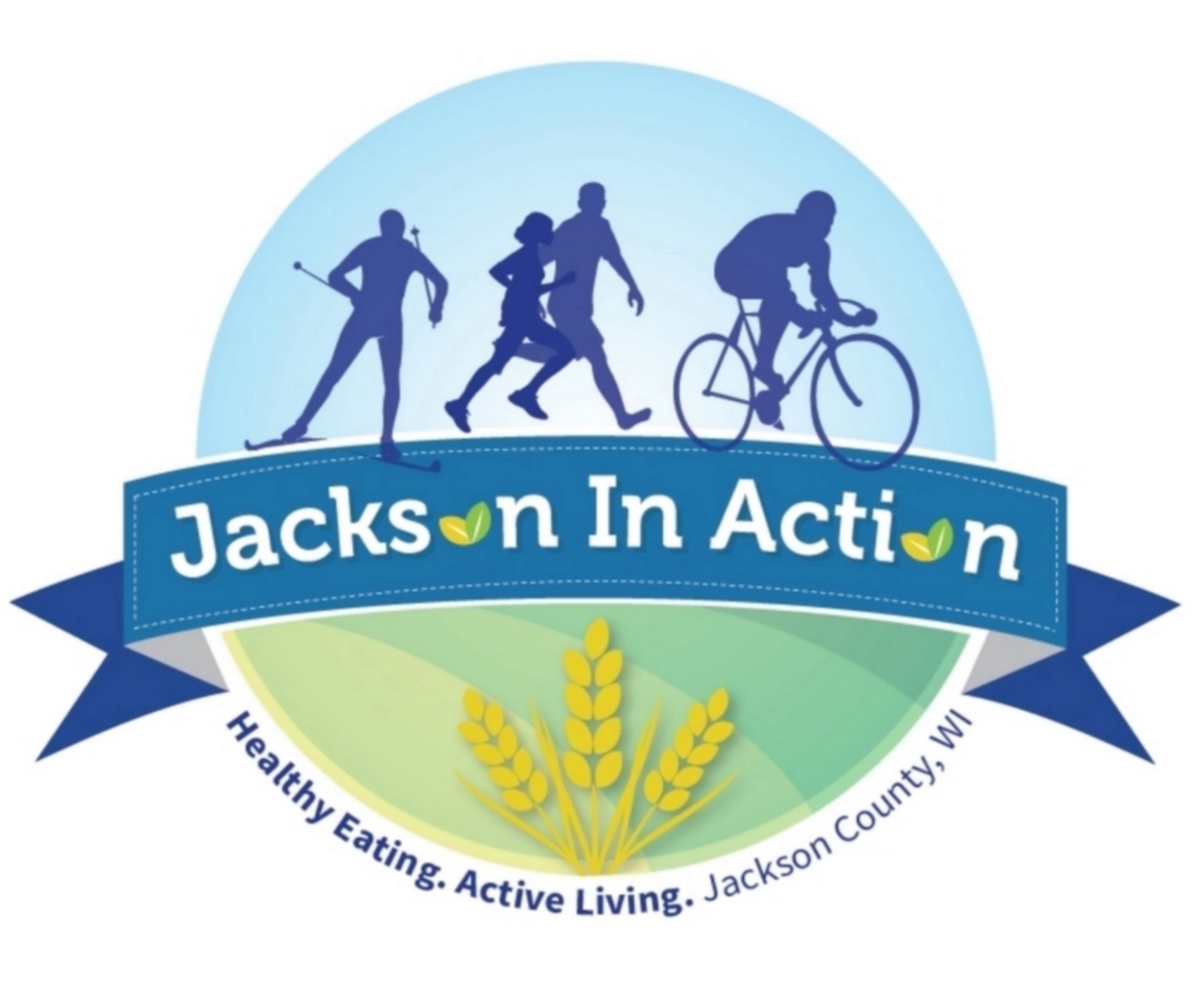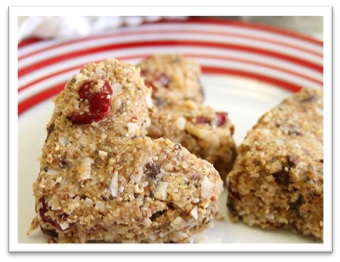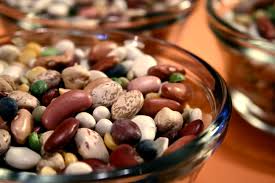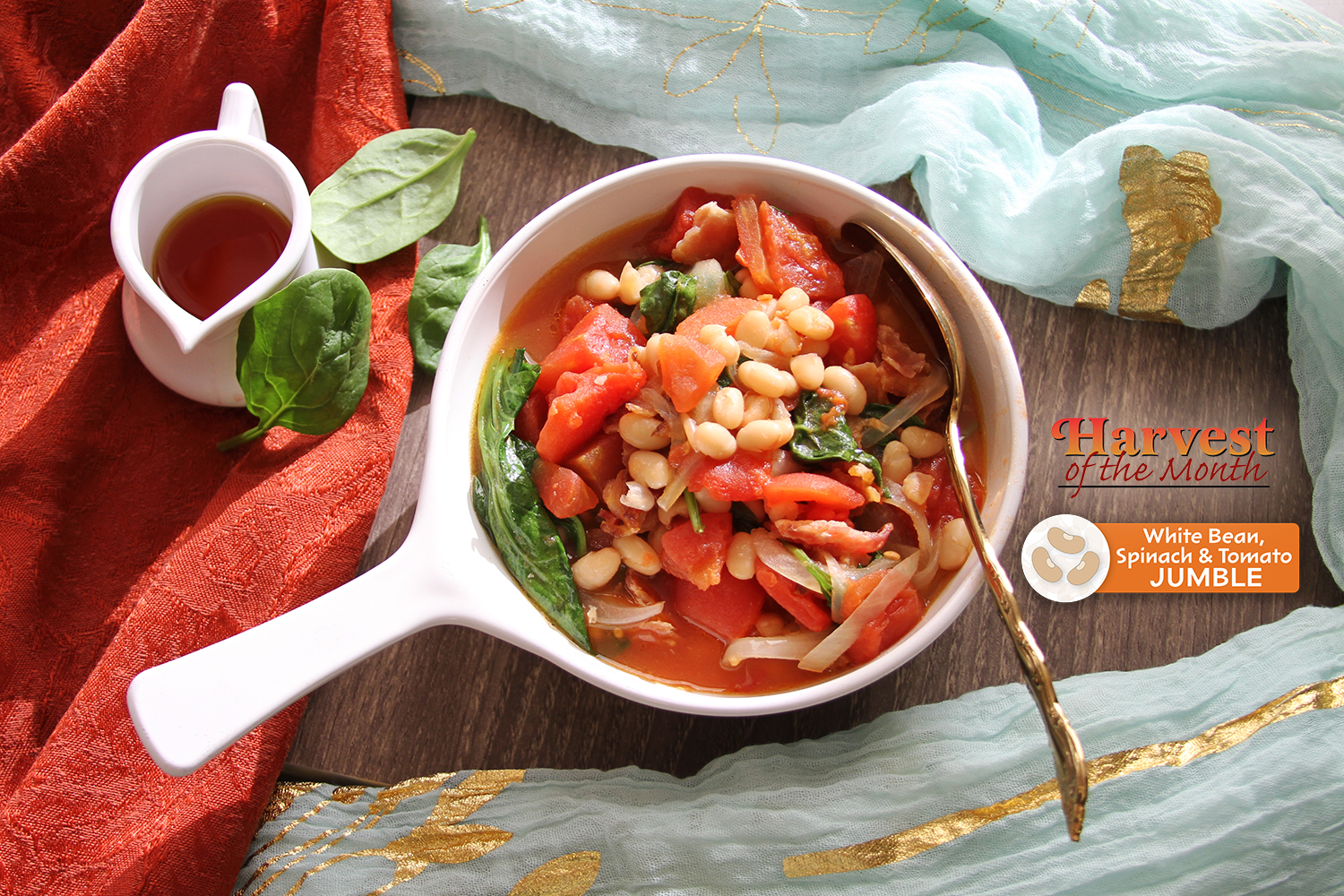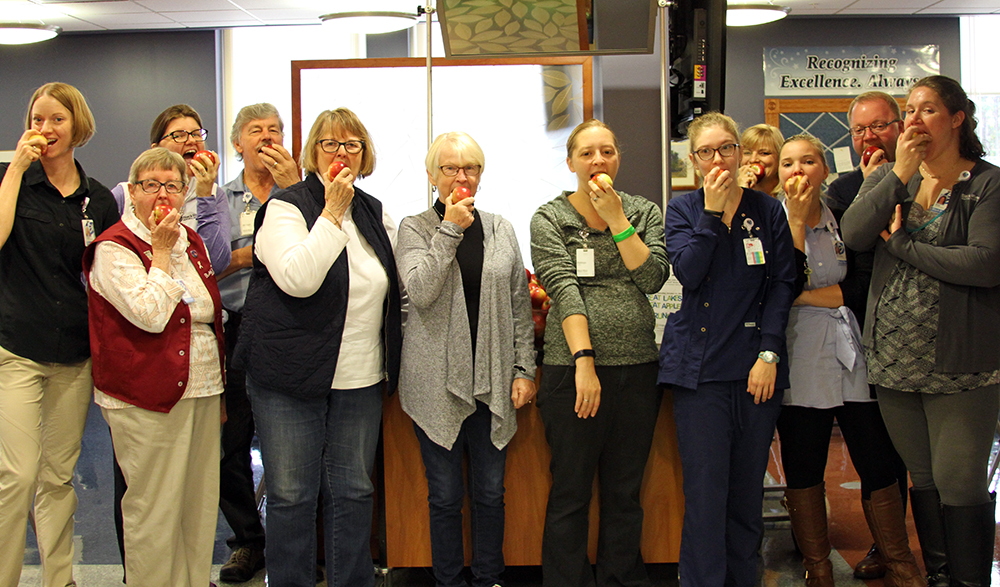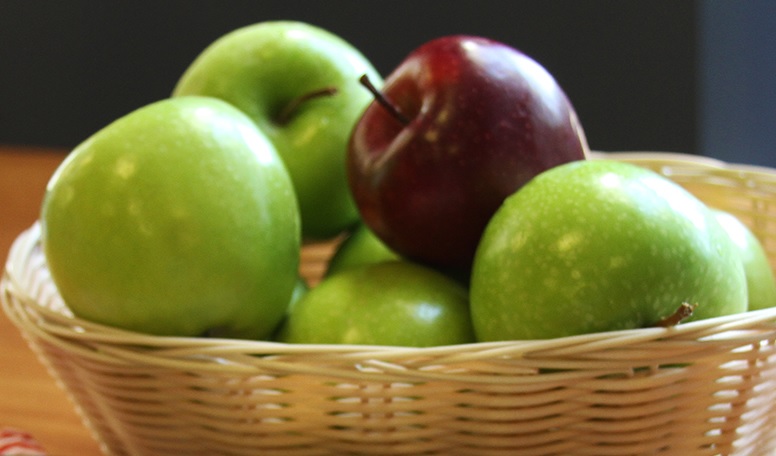The Jackson County Board of Supervisors has proclaimed Saturday, May 18, 2019, as Jackson County Fitness Day. With this proclamation, the Board of Supervisors is encouraging all citizens of Jackson County to be active and challenging everyone to join the movement for a happier, healthier county. “The County Board realizes the importance of physical activity, eating healthy and overall improving our employees’ and residents’ health,” said Board Chairman Ray Ransom. “These physical activities translate into promoting a healthy, happier work and living community.”
Jackson County has been actively engaged in recent years in expanding physical activity opportunities and accessibility to physical activity throughout the county, which has highlighted earlier this year when Jackson County was recognized statewide as a Wisconsin Active Together Community. This recognition was received based on Jackson County’s commitment to developing and promoting places to walk, bike, and be active.
A full day of fitness activities and events are scheduled for May 18, 2019, to celebrate Jackson County Fitness Day. The day kicks off at Wazee Lake Recreation Area with the 6th Annual Pace and Pedal event, including a duathlon (6 mile run / 10.3 mile bike), 5K Color Fun Run/Walk, and 1 mile Youth Run. “The Pace and Pedal event has evolved into a great family-friendly event, with over 350 participants expected this year,” said Dawn Jacobson, Pace and Pedal race director. “Through the support of our generous sponsors, we are able to offer the race free to participants age 12 and under, and at a very low-cost to everyone else. This helps us to achieve our goal of getting as many people physically active as we can.”
Pace and Pedal supports the Jackson In Action coalition, which provides healthy eating and active living programming in Jackson County through the year. More information about Pace and Pedal, as well as the registration link, can be found at www.brmh.net/paceandpedal.
Additional highlights and promotions for Jackson County Fitness Day include FREE admission to all Jackson County Parks, FREE day pass to the Lunda Community Center by bringing a copy of the Jackson County Fitness Day Poster, and FREE fitness facility use at the Ho-Chunk District 1 Community Center. Local businesses offering exclusive Fitness Day Deals include Riverside Nutrition (1 free glass of tea per person) and Millie J’s (20% off all Activewear). Find the Jackson County Fitness Day poster with all of this information and more at www.jacksoninaction.org/jacksoncountyfitnessday.
To cap off the weekend, the Friends of the Black River will be offering a flat water kayak event on Sunday, May 19th at 12:30pm. Interesting individuals can contact Jeff Polzin at 715-896-5534 for more information.
Everyone who participates in any type of fitness activity on May 18, Jackson County Fitness Day, is encouraged to share active photos at #jacksoncountyfitnessday.
